1. Mexico
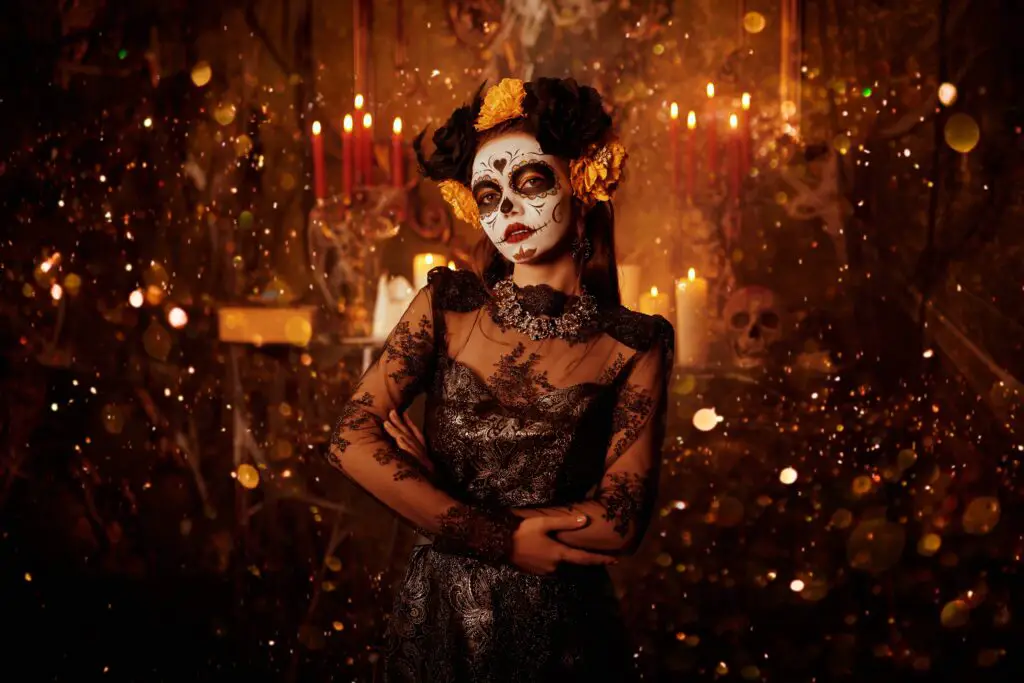
If you’ve ever seen vibrant skulls, marigold-covered altars, and smiling skeletons dancing through the streets, you’ve caught a glimpse of Mexico’s Día de los Muertos. This colorful holiday honors loved ones who have passed, but instead of mourning, it’s a joyful reunion between the living and the dead. Families build ofrendas with favorite foods, photos, and keepsakes to welcome back the spirits. And the best part? Everyone gets involved — from toddlers in costume to grandmas baking pan de muerto shares Wikipedia.
The atmosphere feels more like a block party than a funeral. There’s music, laughter, and stories about the good times shared with those who are gone. Rather than pushing grief into the background, Mexicans embrace it head-on, treating death as a natural part of life. Honestly, it makes most American funerals look like someone forgot to send out the joy invite explains National Geographic Kids.
2. Ghana
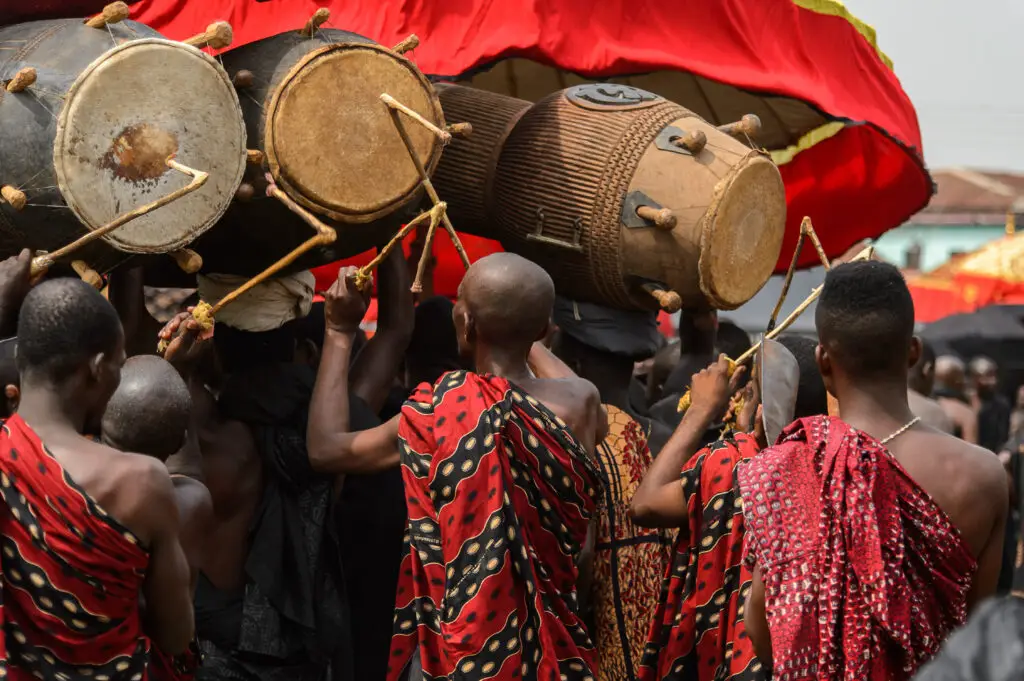
In Ghana, funerals are anything but quiet affairs. They’re full-on social events that can last for days and cost more than weddings — and the bigger the celebration, the more honored the deceased. Families hire dancers, bands, and even professional mourners to turn the event into a heartfelt spectacle. And you can forget about your standard casket — some are shaped like fish, airplanes, or soda bottles, all representing the lives people lived says CNN.
The whole idea is to send loved ones off in style and joy. People wear bright clothes, dance for hours, and eat well. It’s not just about loss; it’s about celebrating who someone was and what they left behind. You won’t find much somber organ music here — just a whole lot of life in the face of death.
3. Madagascar
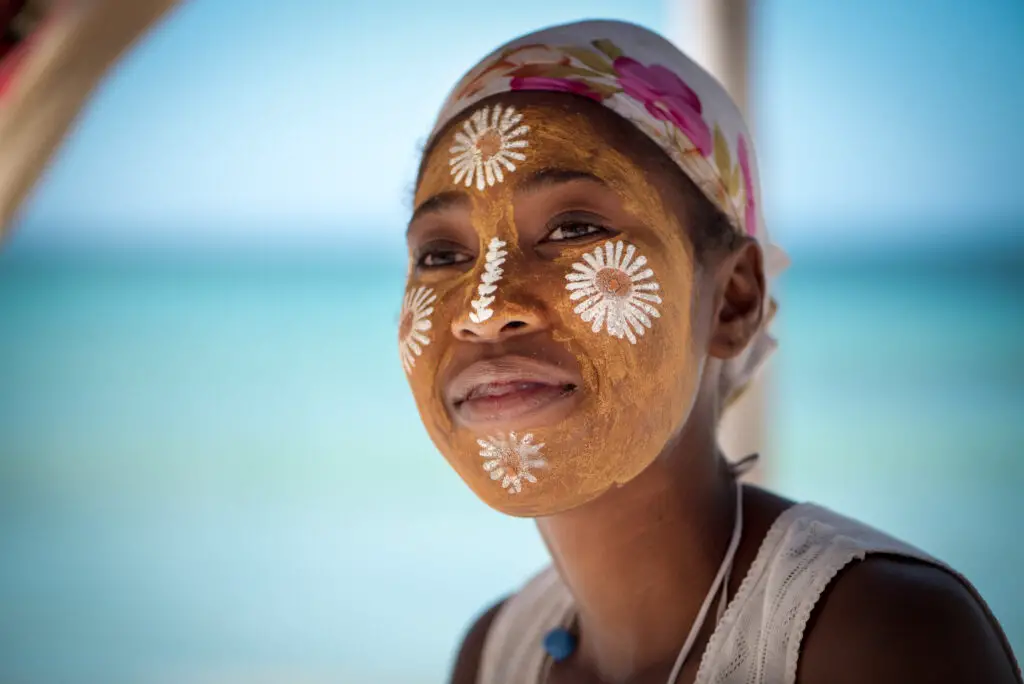
On the island of Madagascar, the people have a unique tradition called Famadihana, or the “turning of the bones.” Every few years, families gather to unearth the bodies of their ancestors, rewrap them in fresh cloth, and dance with them around the tomb. It might sound strange to outsiders, but for locals, it’s a meaningful way to stay close to their roots and show continued love and respect adds Funeral Guide.
The event is lively, complete with music, food, and laughter. Elders tell stories to the younger generation, keeping family history alive. Death isn’t feared or hidden — it’s embraced as part of a beautiful cycle. In many ways, it’s more connected and comforting than the hush-hush approach often seen in the U.S.
4. Philippines
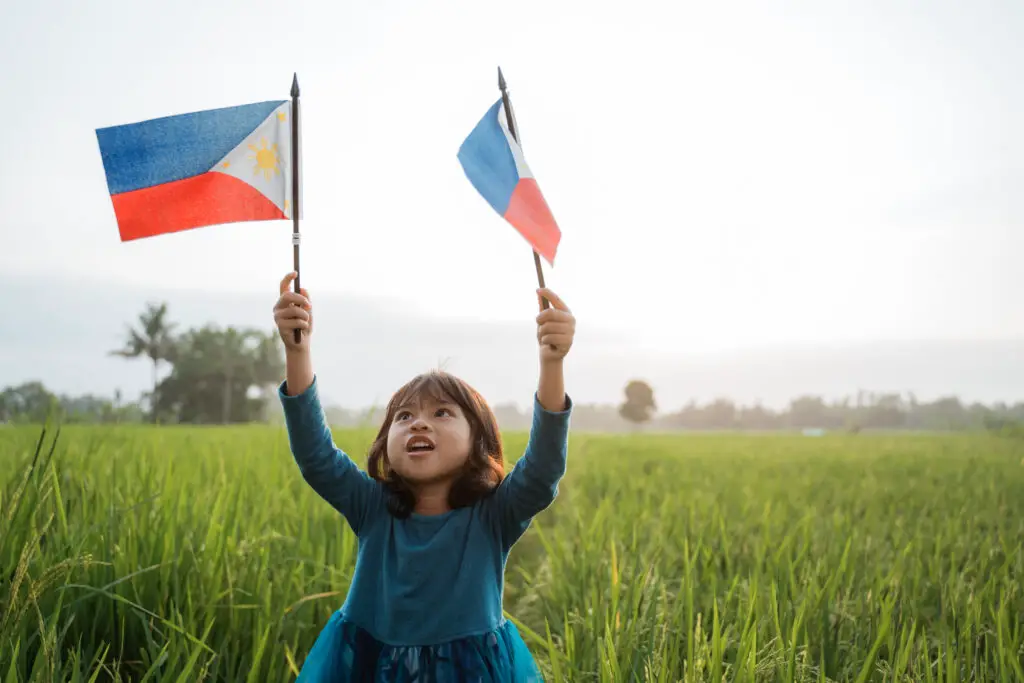
In the Philippines, there are all kinds of regional death traditions that lean more celebratory than solemn. One well-known event is the Pangangaluluwa, where people go door to door singing for the souls of the dead — a bit like Halloween but with a spiritual twist. Others spend All Saints’ Day picnicking in cemeteries, chatting and laughing among the tombstones.
Instead of mourning in silence, families share food, light candles, and enjoy each other’s company while remembering their ancestors. It’s a communal experience that brings people closer — to one another and to those who’ve passed. Kids run around playing while adults trade memories. It turns grief into something shared and manageable.
5. India
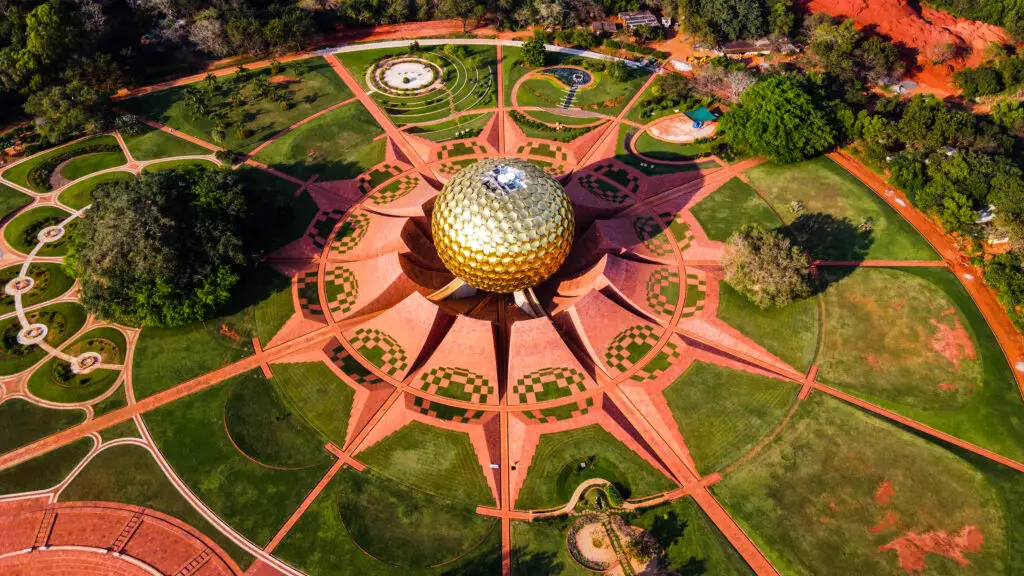
In Varanasi, India — one of the most sacred cities in Hinduism — death is seen as a blessing if it happens there. People travel from all over the country to die in Varanasi, believing it will break the cycle of rebirth. Funerals here involve processions, chanting, and cremation by the Ganges River, often surrounded by family and curious onlookers alike.
While mourning exists, there’s also a reverence and even a kind of celebration for what comes next. Festivals like Pitru Paksha allow people to honor their ancestors with offerings and prayers. The rituals are filled with color and community. There’s something beautiful about how openly and spiritually India approaches something most Americans find too heavy to even talk about.
6. Indonesia
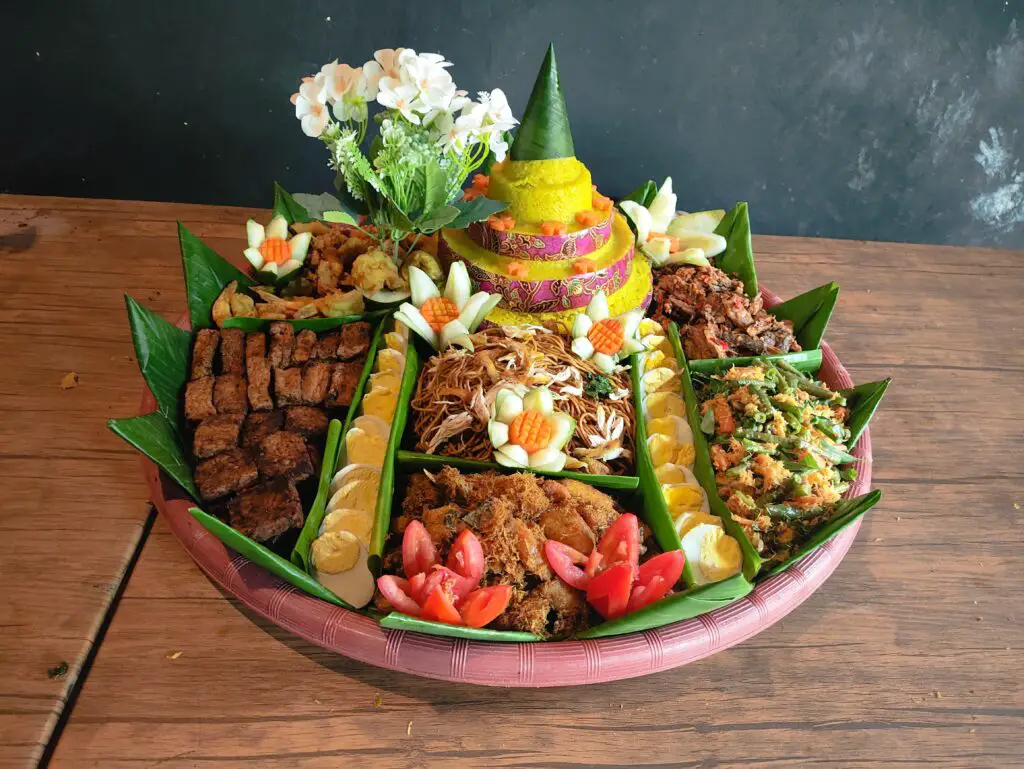
In the Toraja culture of Indonesia, death isn’t an ending — it’s just another phase. When someone dies, they’re often kept at home for months or even years, treated as though they’re still part of the family. They’re dressed, spoken to, and even given meals as a sign of ongoing love and respect. Eventually, they’re buried in elaborate ceremonies that last days and include dancing, feasting, and animal sacrifices.
These events are as much about community as they are about the individual. Entire villages come together to honor the dead and support the family. It’s loud, colorful, and deeply emotional — but not in a way that feels depressing. It’s a reminder that grief doesn’t have to mean isolation or sorrow.
7. Japan
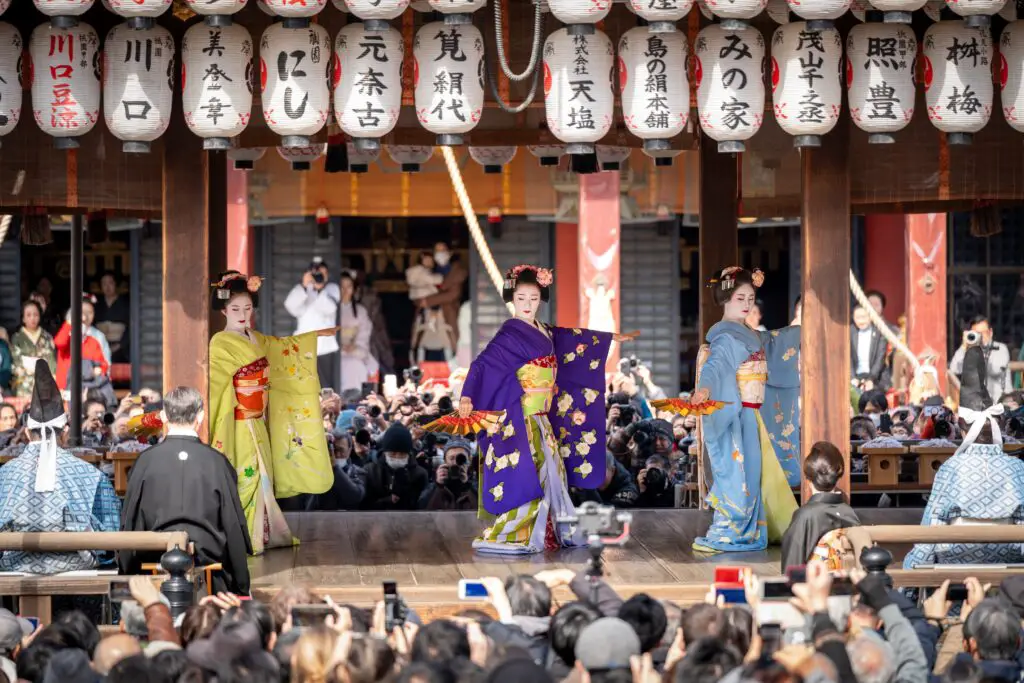
Japan might seem reserved, but its approach to death is quietly meaningful and full of ritual. The Obon Festival, for example, is a time when spirits of ancestors are believed to return to the world of the living. Families clean graves, offer food and lanterns, and dance the Bon Odori — a joyful group dance that welcomes spirits back with warmth.
It’s a time for reflection and connection, not mourning. People gather to honor those who’ve passed, but they do it with music, laughter, and food. Even the quietest gestures — like lighting a lantern — are full of love. There’s a calm acceptance here that feels worlds apart from the sterile services so common in the U.S.
8. Nepal
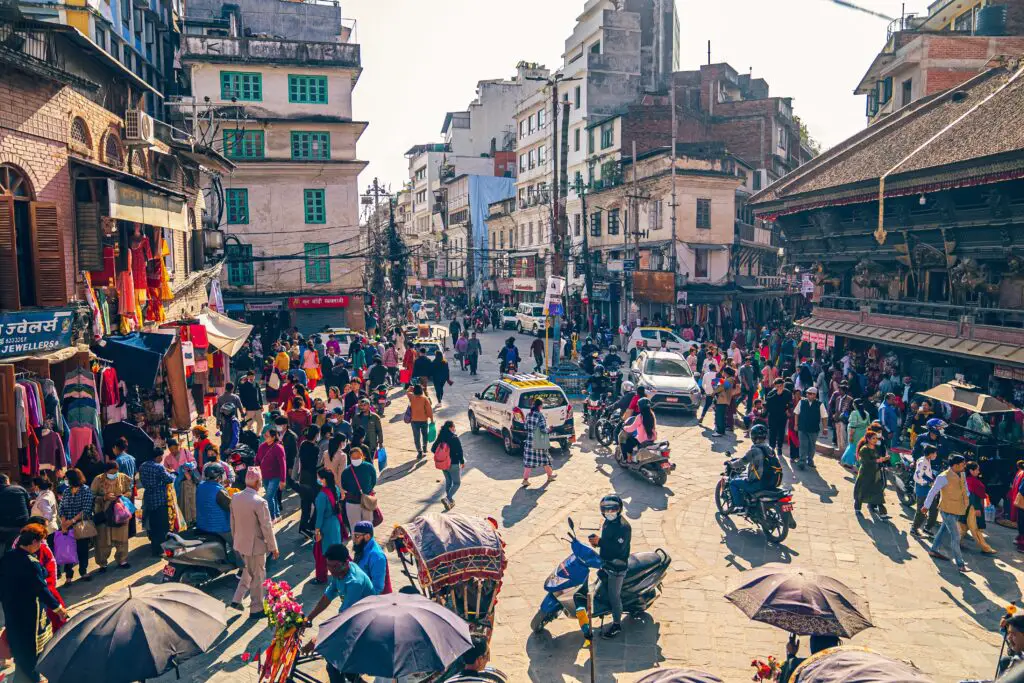
In Nepal, death is marked with fire, music, and deep spirituality. The capital, Kathmandu, is home to sacred cremation sites along the Bagmati River, where families send off loved ones with chanting and ceremonial fire. The process is public, emotional, and reverent — not hidden away or rushed through.
There’s also the Gai Jatra festival, where families who’ve lost someone in the past year parade with cows or children dressed as cows, believed to help guide souls to the afterlife. As unusual as it sounds, the festival is full of humor, satire, and open expression. It’s okay to cry and laugh in the same breath. It makes space for grief to be honest, not just hushed.
9. Thailand
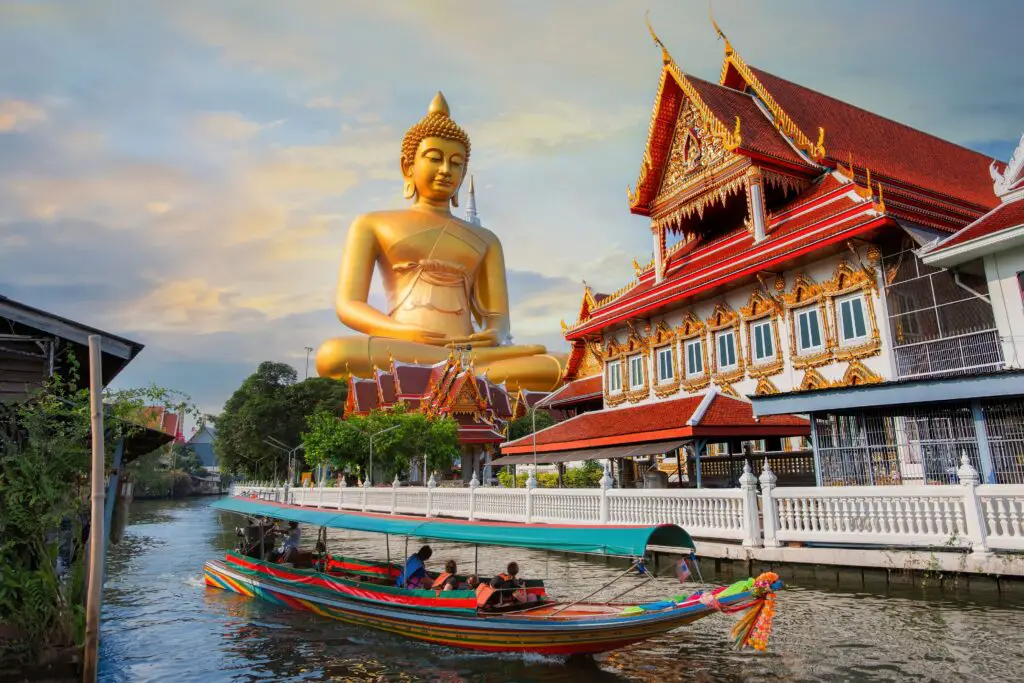
In Thailand, Buddhist beliefs shape the way death is viewed — not as an end, but as a transition. Monks often lead funeral rites, which involve chanting and the sharing of merit to help the deceased’s soul reach a better next life. White is worn instead of black, symbolizing purity and rebirth.
Funerals can last several days and often feel peaceful rather than painful. Families are encouraged to meditate, reflect, and accept impermanence. Some communities even incorporate festivals with floating lanterns and water blessings. The whole process offers healing that feels more holistic than anything involving a funeral home brochure.
10. Nigeria
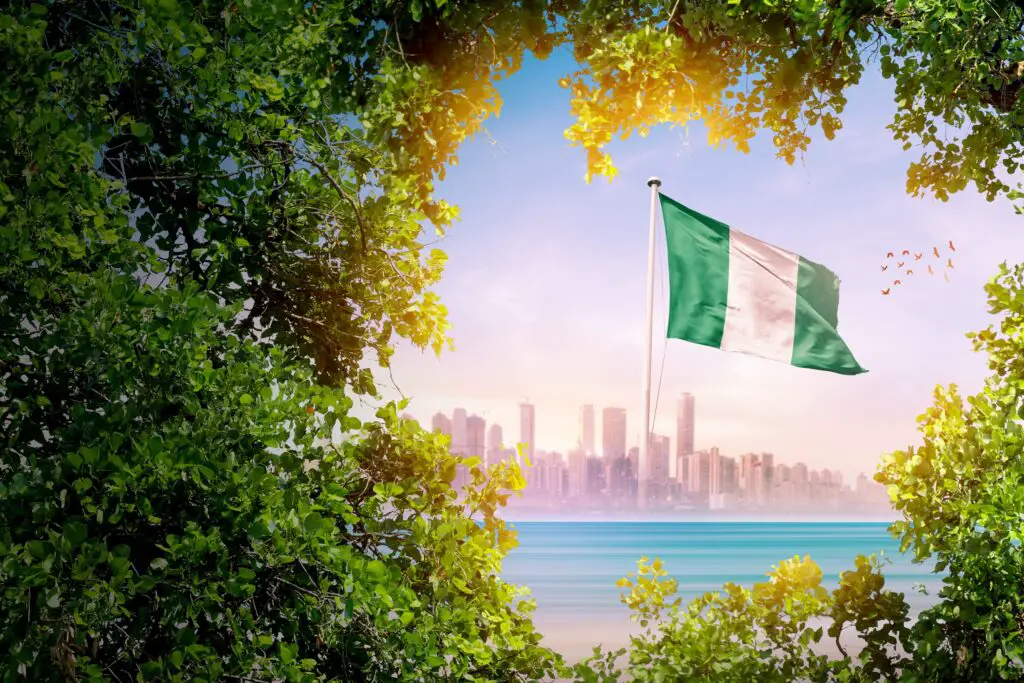
Among the Igbo and Yoruba people of Nigeria, death is often celebrated with loud music, drumming, dancing, and days-long parties. It’s believed that how you celebrate someone’s life influences how they enter the spiritual world. So, naturally, the events are vibrant, well-attended, and full of meaning.
People wear their best clothes, often in bright colors, and the air is filled with movement and song. It’s less about sorrow and more about gratitude for the time shared. Children aren’t shielded from these events — they’re right there dancing too. It’s all about honoring legacy, not drowning in loss.
11. Haiti
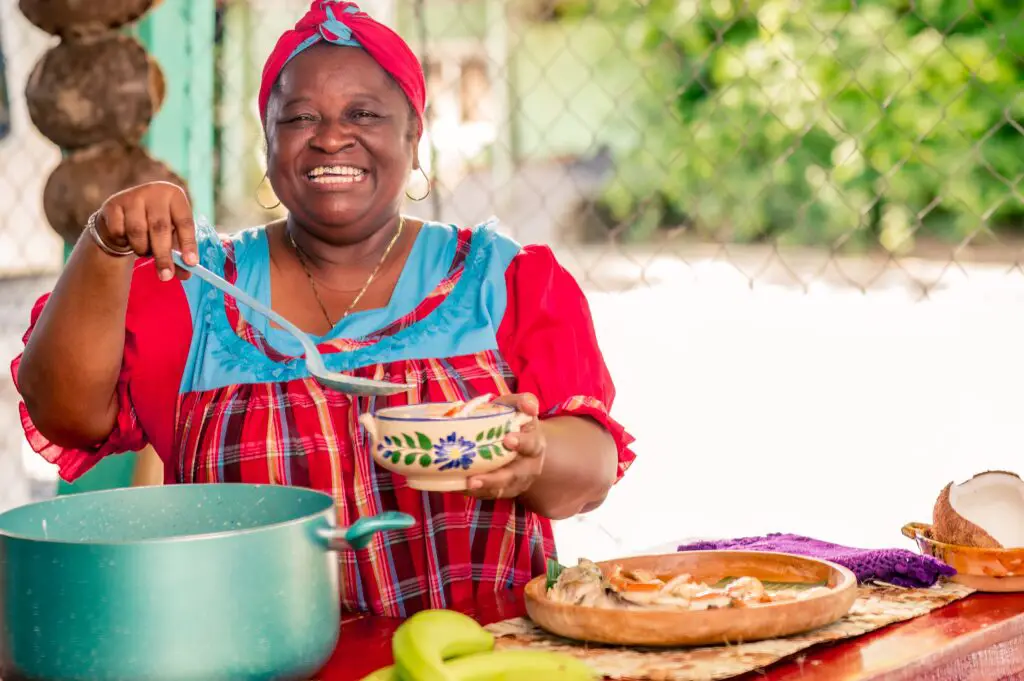
In Haiti, Voodoo beliefs mix Catholicism with African traditions, creating one of the most expressive and dynamic death cultures in the world. During Fèt Gede (Festival of the Dead), people dress in black and purple, dance in the streets, and call on the spirits of the ancestors. There’s drumming, rum, and even a little mischief from the spirit world.
It’s noisy, messy, and deeply spiritual. People paint their faces like skulls, offer food and drink to the spirits, and let their emotions fly. It’s not about being polite or quiet. It’s about showing up fully — joy, pain, and all — and honoring the dead with energy, not emptiness.
12. Bolivia
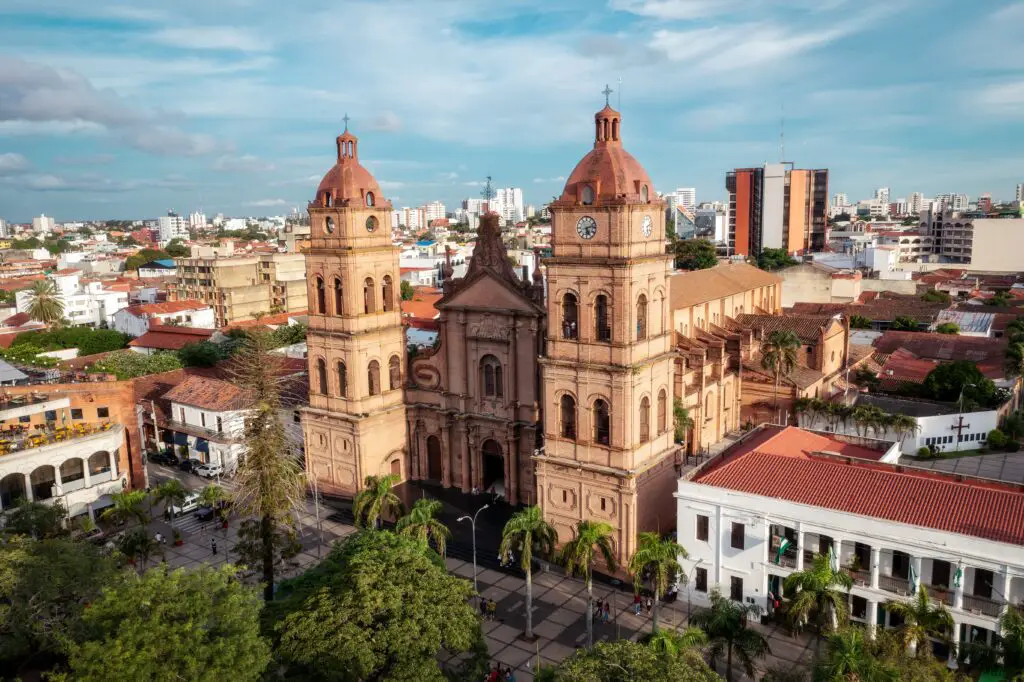
Bolivia’s Día de las Ñatitas might be one of the most unusual traditions around — people bring actual human skulls to cemeteries to honor them. These skulls, often passed down through generations, are cleaned, decorated with flowers and hats, and given cigarettes or coca leaves. It’s believed they offer protection and guidance to the living.
There’s a certain tenderness to it all that’s surprising. People talk to the skulls like old friends. The celebration is full of light, color, and gratitude, not fear. And it’s a far cry from the clinical way many Americans handle death.
13. Cambodia
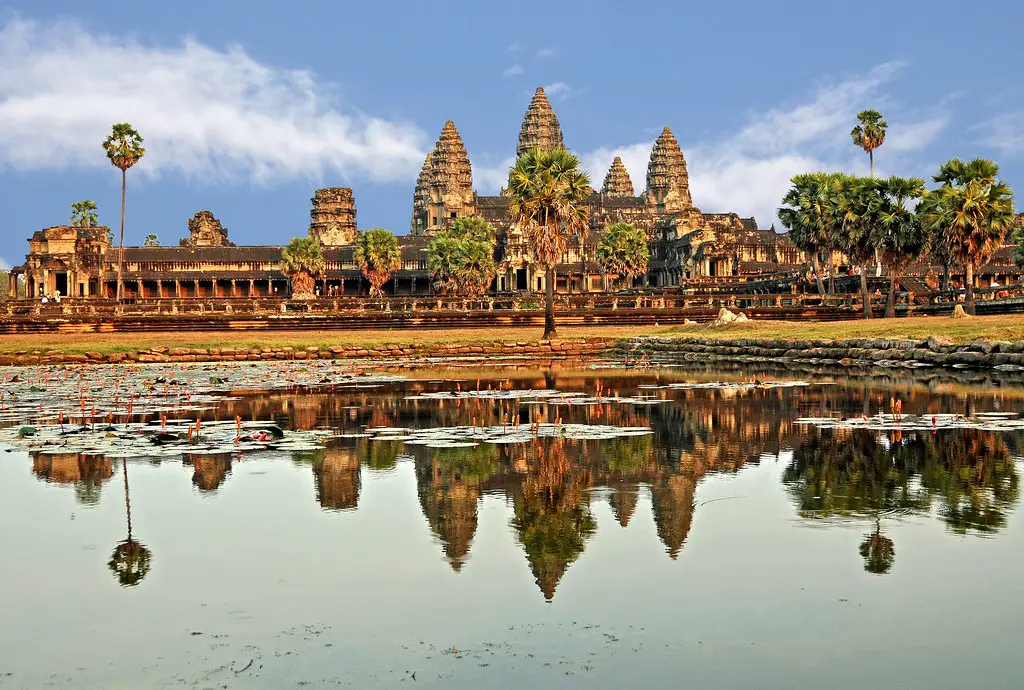
In Cambodia, the Pchum Ben festival is a time when families honor their ancestors through food offerings and prayer. It’s believed that during this 15-day period, the gates of hell open and restless spirits roam — but instead of being frightened, people gather at temples to give rice, fruit, and other offerings to monks in honor of the dead.
The mood isn’t spooky — it’s sacred. Families come together early in the morning to make offerings and remember those who’ve passed. There’s a quiet joy in the tradition, a sense of duty and peace. It’s spiritual and warm, not somber and cold.
14. Tibet
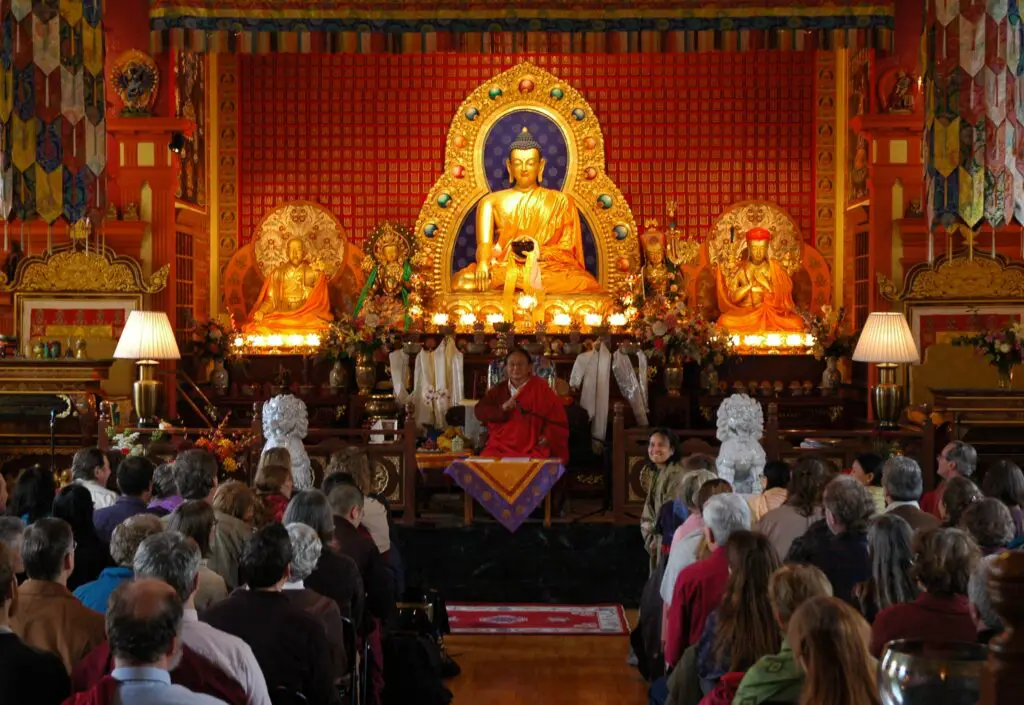
In Tibetan Buddhism, the end of life is treated as a sacred transition. One of the most unique customs is sky burial, where bodies are left on mountaintops to be consumed by vultures — believed to help release the soul and offer one final act of generosity. While it may seem shocking, it’s seen as a deeply respectful and eco-conscious ritual.
Tibetan death rites include readings from the Bardo Thodol (Tibetan Book of the Dead), guiding the soul through the afterlife. Monks chant, families meditate, and everything is done with purpose and peace. There’s no rush, no awkward small talk in black suits. Just presence, compassion, and a stunning acceptance of impermanence.
